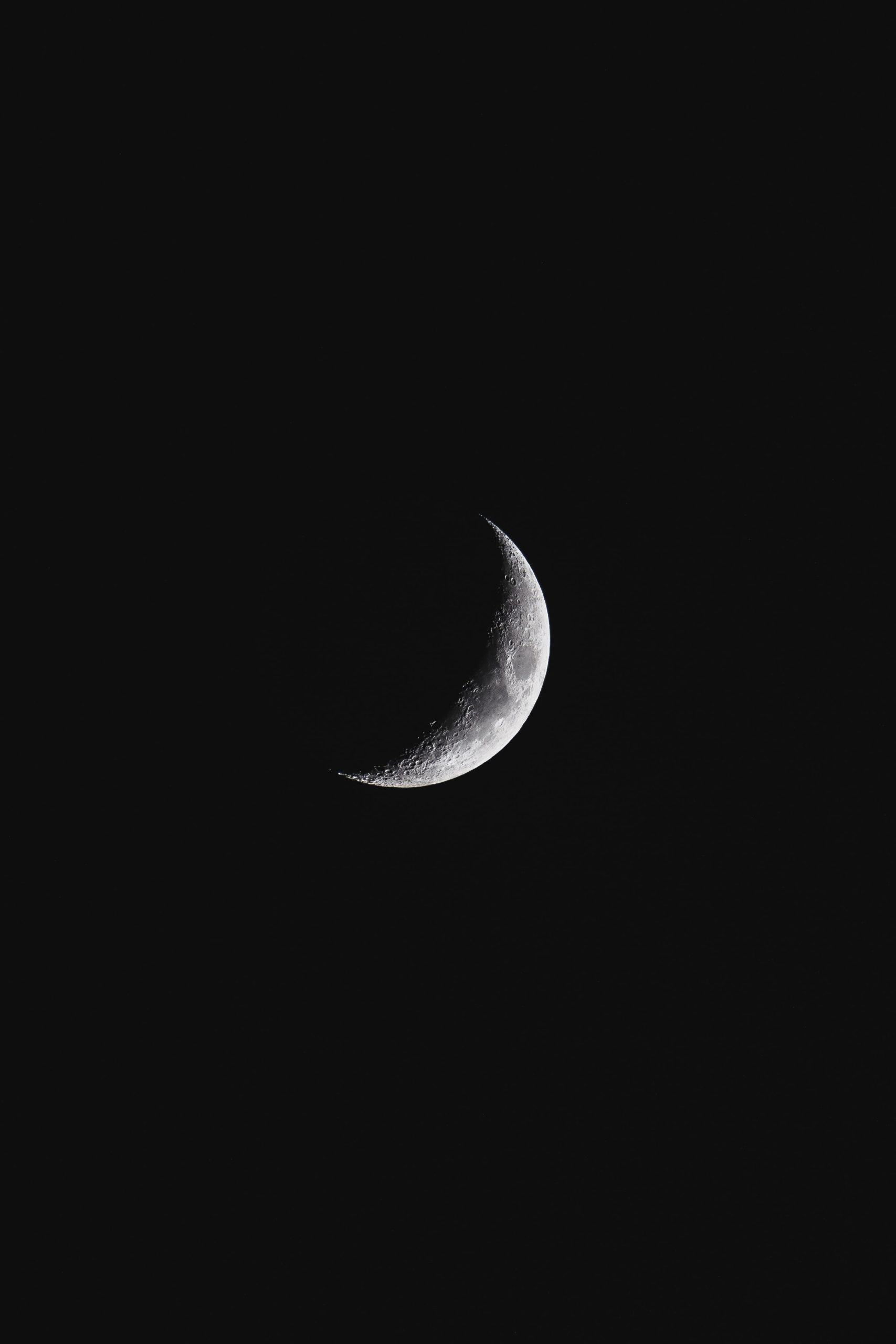Why Do I Get My Period on a Full Moon?
As a woman, you may have noticed that your menstrual cycle sometimes seems to align with the phases of the moon. Many women report experiencing their periods during the full moon. While it may seem like a strange coincidence, there are various theories and beliefs surrounding this phenomenon. In this blog post, we will explore the theories that attempt to explain why some women get their period on a full moon.
The Lunar Connection
Since ancient times, the moon has been associated with femininity and cycles. Some cultures believe that the moon influences human behavior and bodily rhythms, including menstruation. One theory suggests that the gravitational pull of the moon affects the fluid levels in our bodies, potentially stimulating the shedding of the uterine lining during the full moon.
While there is no scientific consensus on this lunar connection, anecdotal evidence from women who track their menstrual cycles has given rise to the belief that there is indeed a correlation between the moon and menstrual patterns. Let’s explore some possible reasons behind this phenomenon.
The Menstrual Cycle and the Moon
Before diving into the specifics of why some women get their period on a full moon, it’s essential to understand the menstrual cycle itself. The menstrual cycle involves hormonal fluctuations that prepare the uterus for pregnancy. If conception does not occur, the uterus sheds its lining, resulting in menstrual bleeding.
The average menstrual cycle lasts around 28 days, although it can vary from woman to woman. For the purpose of this discussion, we will consider a 28-day cycle, divided into four phases:
- Follicular phase: This phase begins on the first day of menstruation, lasting for about 14 days. The hormones follicle-stimulating hormone (FSH) and luteinizing hormone (LH) increase during this period, stimulating the development of an egg in one of the ovaries.
- Ovulatory phase: Around day 14 of the cycle, the LH surge triggers the ovary to release a mature egg, which can live for 12-24 hours. This period is when conception is most likely to occur.
- Luteal phase: After ovulation, the ruptured follicle transforms into the corpus luteum, which produces progesterone. This phase lasts around 14 days and prepares the uterus for potential implantation of a fertilized egg.
- Menstrual phase: If implantation does not occur, the corpus luteum dissolves, causing the drop in hormones, and the lining of the uterus is shed, resulting in menstruation.
Now that we have a basic understanding of the menstrual cycle, let’s explore the theories behind the correlation between the full moon and menstruation.
Theory 1: Light Exposure
One theory suggests that increased exposure to moonlight during the full moon affects hormone levels, specifically melatonin. Melatonin, often referred to as the sleep hormone, is responsible for regulating various bodily functions, including the menstrual cycle.
According to this theory, the pineal gland, which produces melatonin, is sensitive to light and can be influenced by the bright light emitted by the full moon. This, in turn, could disrupt the hormonal balance, potentially triggering an early period for some women.
While there is limited scientific evidence supporting this theory, research on other animals has shown that light exposure can impact reproductive cycles. However, more studies are needed to establish a concrete link between moonlight and menstrual cycles in humans.
Theory 2: Environmental Factors
Another theory focuses on the influence of environmental factors associated with the full moon. Some proponents of this theory believe that women, similar to other animals, have evolved to sync their cycles with natural environmental cues.
Before the advent of artificial lighting, the full moon would provide additional lighting during the night. This increased exposure to light might have influenced the body’s circadian rhythm, potentially leading to menstrual synchrony among women.
While this theory may seem plausible, studies have found conflicting results regarding menstrual synchrony and the moon. Without concrete scientific evidence, it remains speculative whether environmental factors associated with the full moon can influence menstrual cycles.
Theory 3: Psychological Factors
While the previous theories explored physical influences, some explanations for period syncing with the full moon focus on psychological factors. It is believed that the power of suggestion and cultural beliefs surrounding the moon’s influence on women’s cycles might contribute to the perceived correlation.
By carefully observing and tracking their menstrual cycles, women may subconsciously influence their own cycles to align with the full moon. Moreover, cultural beliefs and societal expectations around the moon’s connection to femininity and menstruation could amplify this phenomenon.
Psychological factors, such as the placebo effect, can indeed impact how we experience and perceive our bodies. Therefore, it is possible that the belief in the moon’s influence on menstruation plays a significant role in the reported patterns.
Conclusion
While many women report experiencing their period during the full moon, the scientific evidence supporting a concrete link between the two remains limited. Theories propose various explanations, from the influence of melatonin and light exposure to environmental and psychological factors.
It is important to note that individual hormonal variations, stress levels, and other factors unique to each woman can also impact menstrual cycles. Therefore, it is crucial not to generalize any perceived correlation between the full moon and menstruation.
Ultimately, whether you get your period on a full moon or not, it’s essential to understand and embrace your own unique menstrual cycle. By tracking your own patterns over time, you can better anticipate and manage your menstrual health.
While the idea of lunar synchrony and its connection to menstruation is fascinating, more scientific research is needed to establish conclusive evidence. Until then, embrace the mysteries that nature presents and appreciate the beautiful complexity of your own body.
Table of Contents
